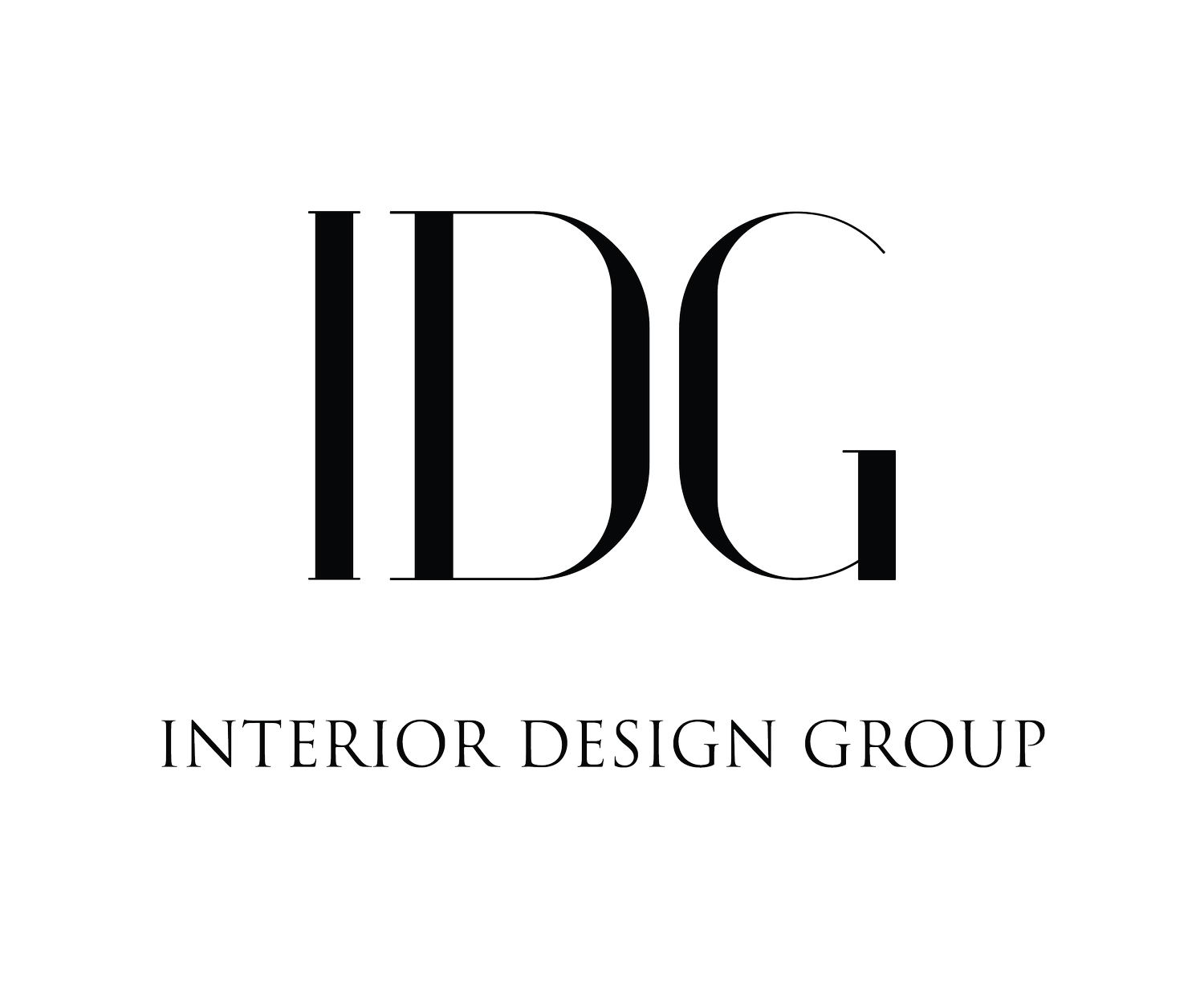the seven interior design elements by idg
Revisiting the core principles of the seven interior design elements has become fundamental to Cayman's Creative Genius. This foundation has consistently enabled IDG to design beautiful and livable spaces with a unique sense of character. Today, IDG invites you to explore these seven essential interior design elements.
Vista Del Mar Residence by IDG.
LINE
LINE is fundamental to artistic expression and design, forming the basis for shape and form in any space. In interior design, line can serve as focal points, enhancing the height or width of a room. It brings order, creates visual interest, softens aesthetics, or injects energy into a space.
Occasional Chair by Nuevo Living. Outdoor Furniture by Gandía Blasco.
2. FORM
FORM represents a three-dimensional shape characterized by height, width, and depth. It can be divided into organic forms with their natural curves and softness and geometric forms that convey logic through shapes like circles and squares. For interiors, minimalist styles typically feature fewer shapes, while eclectic approaches showcase a wider variety. The phrase 'form follows function,' introduced by architect Louis Sullivan, underscores the principles of Modernism and ergonomic design. At IDG, we prioritize both aesthetics and comfort when selecting furniture for our clients' spaces; we begin every project by assessing the room's dimensions in relation to its intended purpose.
Watermark Residence by IDG.
.
3. SPACE
The element of SPACE in interior design significantly influences how people move and interact within a room. Positive space refers to the area occupied by objects, while negative space is the unoccupied area. Striking a balance between these two is essential for creating a well-designed space. A room with ample negative space can feel larger and more open, but too much can lead to an under-furnished and impersonal atmosphere.
Sofa by Calligaris.
.
4. TEXTURE
TEXTURE is where the visual sense encounters the tactile. In addition to color and pattern, texture adds interest and depth to a design scheme. Light-filtering textures, such as slatted blinds, shutters, and sheer fabrics, diffuse light and enhance the delicacy of colors. In contrast, light-absorbing textures like matte paints, linens, tweeds, and most wools draw in light, making colors appear more striking. Furthermore, bold textures can emphasize smaller objects or decorative items, creating impactful focal points in your space.
Seafire Residence by IDG.
.
5. COLOR
COLOR plays a crucial role in interior design, affecting the mood and atmosphere of any space. It not only influences emotions but can also change perceptions of size and light. Choosing the right colors is essential; calming shades are ideal for bedrooms, while vibrant hues can invigorate a home office. Selecting colors that match a room's purpose enhances both comfort and functionality.
Lighting by Visual Comfort & Co.
.
6. LIGHT
LIGHT enhances a space's beauty and functionality. Designers thoughtfully select and position various light sources to create the right atmosphere, considering the natural light that enters a room, which varies based on its orientation and time of day. This understanding of natural light influences other design choices, such as color palettes. Additionally, artificial lighting from ceiling fixtures, wall sconces, or table lamps serves dual purposes: it can act as a decorative element while illuminating specific areas or reflecting light throughout the room.
Rug by Jaipur Living.
.
7. PATTERN
PATTERN adds a dynamic element to your home, guiding the eye and enhancing the overall design. When incorporating patterns, start by considering the size and style of the room. In smaller spaces, use patterns sparingly to avoid overwhelming the area. However, incorporating vertical or horizontal lines can create the illusion of height or width, making a small room feel more spacious. Feel free to embrace bold patterns in larger areas, as they can serve as striking focal points that elevate the overall space. By thoughtfully integrating patterns according to your room's dimensions and character, you can transform any area into an inviting environment with a unique sense of character.
In conclusion, IDG designers consistently return to these essential interior design elements that foster originality and timelessness and incorporate a chic contemporary twist, establishing us as Cayman's Design Exemplar. If you're ready to transform your vision into reality with our expert guidance, contact IDG today.







